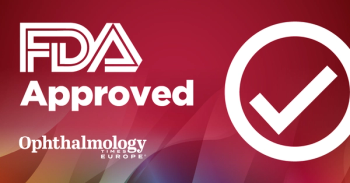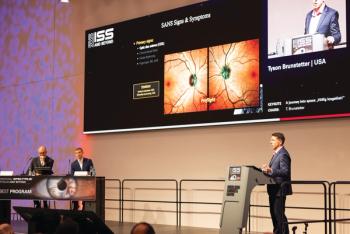
Attacking keratoconus selectively & effectively
New techniques are better than traditional cross-linking, according to Dr Massimo Lombardi
Key Points
Keratoconus (KC) is one of the most extensively investigated corneal degenerative diseases across the whole ophthalmology field; little remains known about the cause of the condition, although treatment options, of varying degrees of efficacy, do exist.
Cross-linking treats the entire corneal surface, although the dystrophic, malacic and ectasic factors that characterize KC generally concern only one "sector" of the cornea, particularly in the initial stages of the disease.
I believe a good surgeon should respect the asymmetry of corneal deformation with which KC presents; hence, my treatment for KC focuses only on correcting the deformation and on restoring normal curvature radii, as far as possible. I have now been using selective asymmetrical treatment to reduce ectasia and to correct (at least partially) the related spheroastigmatic myopic ametropia for 23 years.
New surgical options
Asymmetrical Radial Keratotomy (ARK)
I first conceived Asymmetrical Radial Keratotomy (ARK) surgery (and then Mini-ARK surgery, for less grave cases) to regularize, remould, compact and improve the asymmetrical unevenness of the cornea's anterior surface. To date, these are the only surgical options available that offer these benefits.
In ARK, which is used to correct and implode the KC, a diamond-tipped scalpel is used to create 1.5–2 mm long microincisions, which are generally only performed on the extroverted corneal region, outside the field of the pupil, with approximately 30° incremental increases from 90° to 270°. In 98% of cases, correctly performed ARK is effective in KC, both to stop the disease and for refractive functional recovery.
The surgery is performed under local anaesthesia as an outpatient procedure, and requires no bandaging. The procedure takes between one and three minutes per eye and ensures good results instantly. Postoperatively, special eyewashes are prescribed (for a treatment period of approximately seven days) and, in a few cases, patients are required to use sunglasses for a few days.
Newsletter
Get the essential updates shaping the future of pharma manufacturing and compliance—subscribe today to Pharmaceutical Technology and never miss a breakthrough.














































